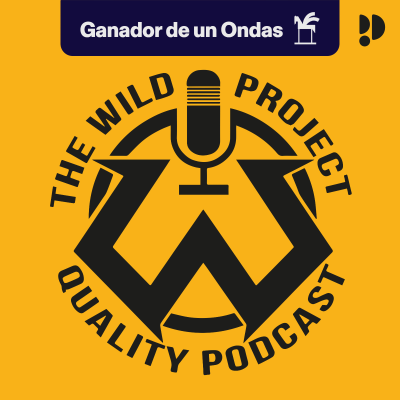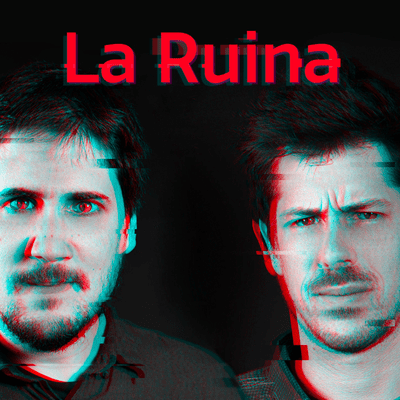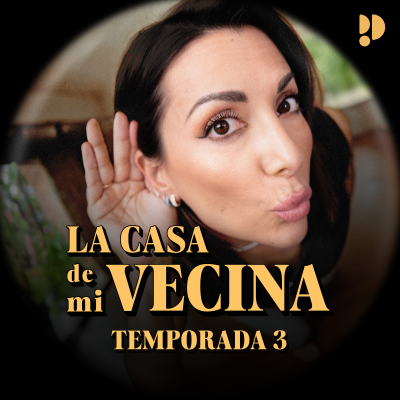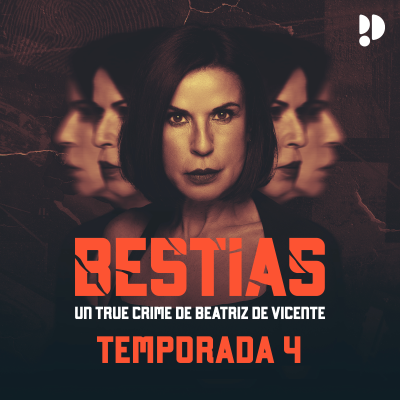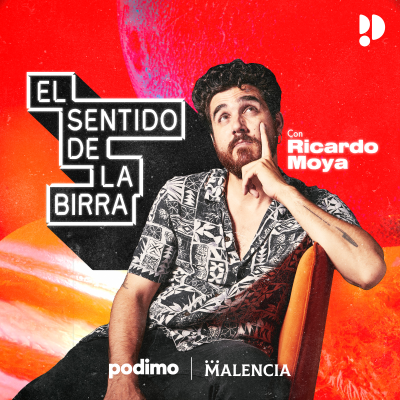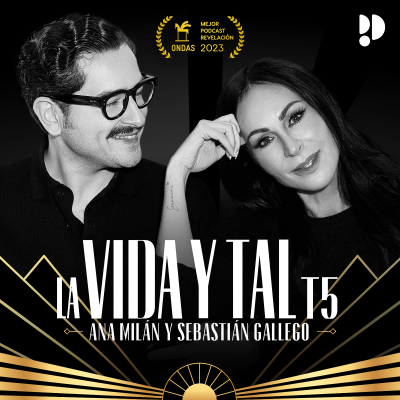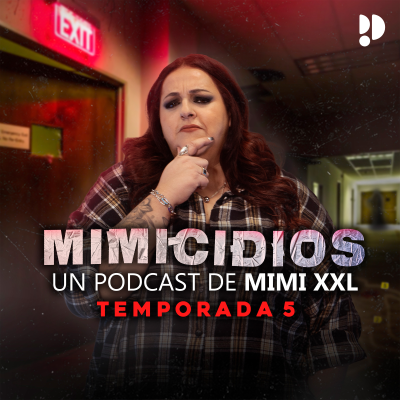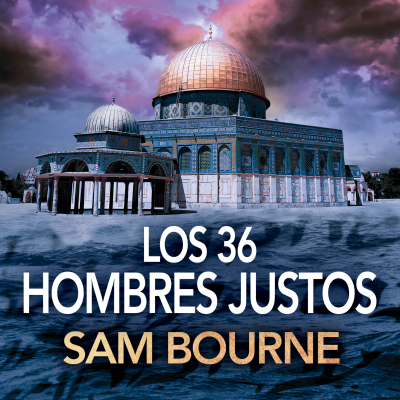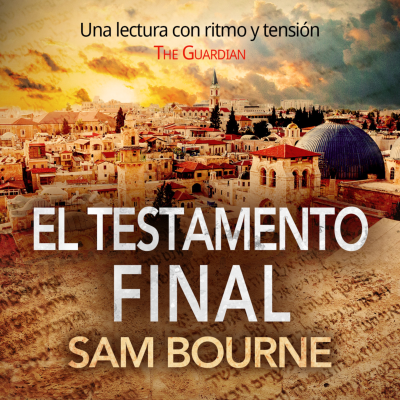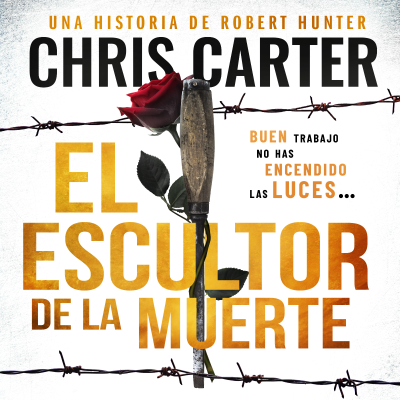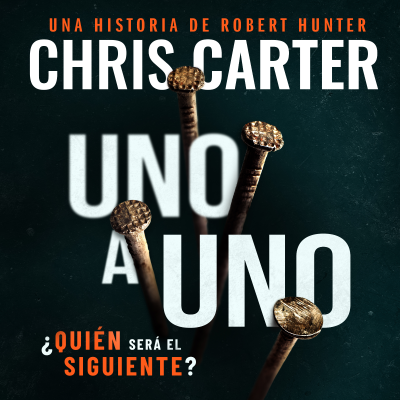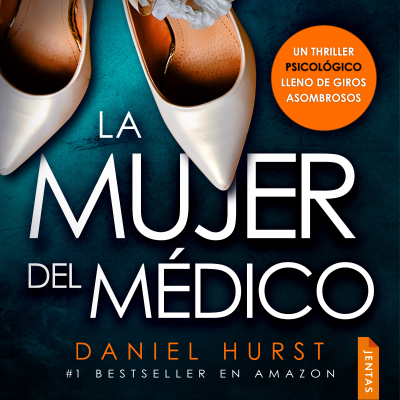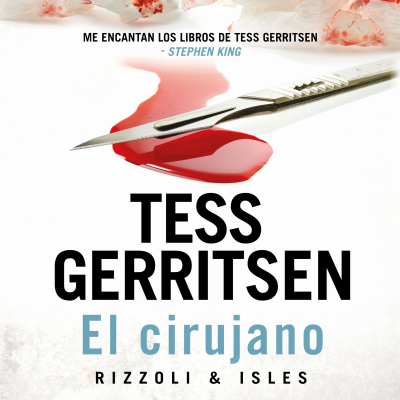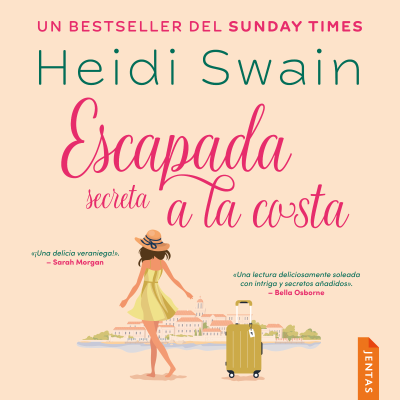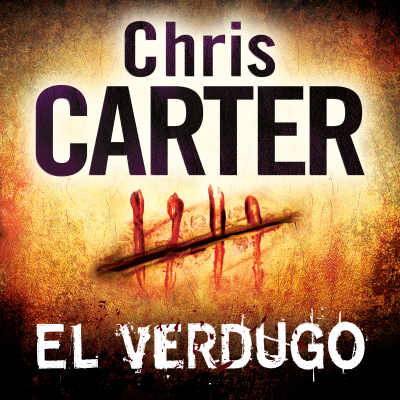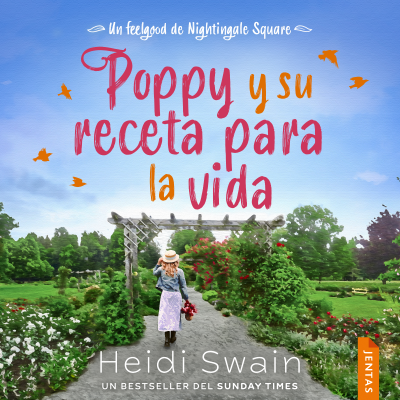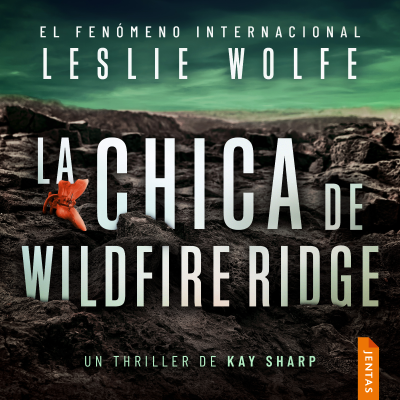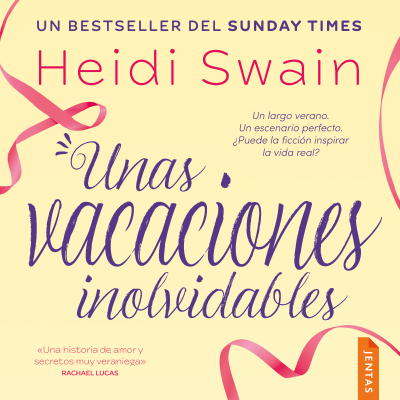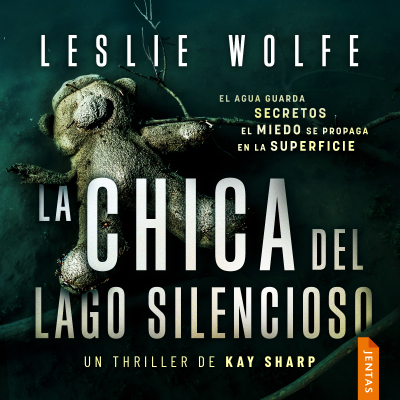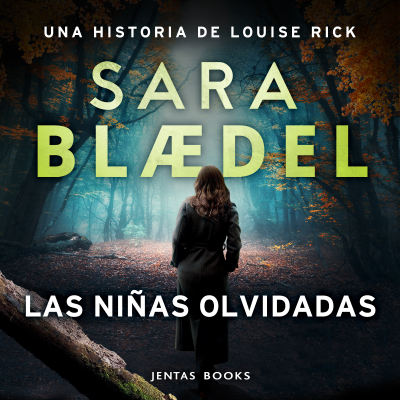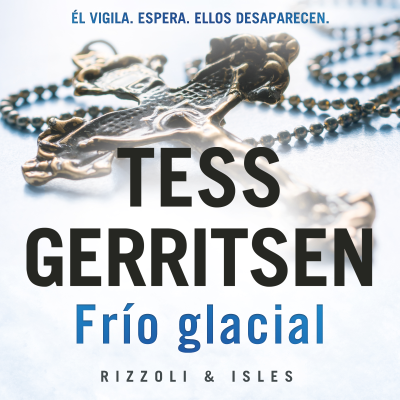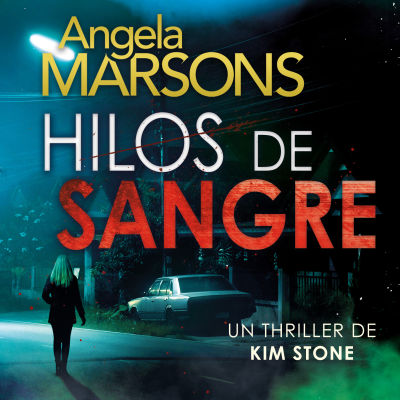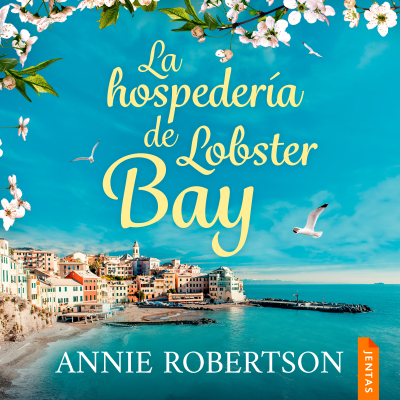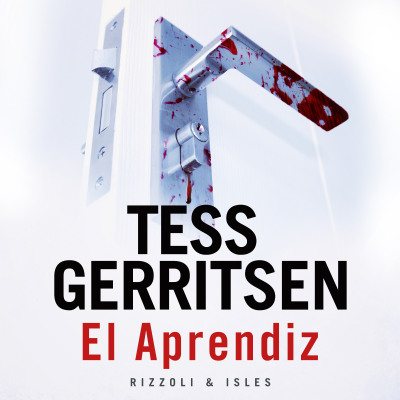
FIR on Higher Education
Podcast de Kevin Anselmo
Disfruta 30 días gratis
4,99 € / mes después de la prueba.Cancela cuando quieras.
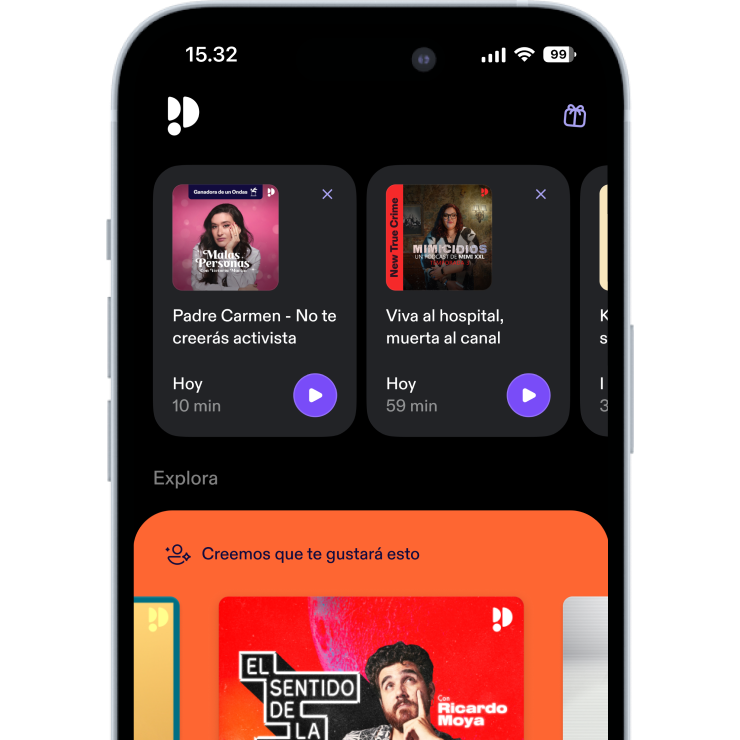
Más de 1 millón de oyentes
Podimo te va a encantar, y no sólo a ti
Valorado con 4,7 en la App Store
Acerca de FIR on Higher Education
Bi-weekly news and interviews about communicating effectively in post-secondary education
Todos los episodios
38 episodios[https://firpodcastnetwork.com/wp-content/uploads/2017/10/fir-on-higher-ed-ucation-300x225.jpg]How can professors – regardless of field – be more creative? What are ways to use digital communications tools to enhance the student experience? How can professors become co-creators in the learning process with their students? How do we prepare students for jobs that don’t exist in the future due to advances in technology? These are among the questions that we delved into on episode 67 of FIR on Higher Education. This particular episode was a rare live show in which I interviewed three different public relations professors who were in attendance for the EUPRERA [http://www.euprera.eu] conference in London (EUPRERA is the European Public Relations Education and Research Association). Public relations professors Ai Zhang [https://www.linkedin.com/in/zhangai/] (Stockton University), Karen Freberg [https://www.linkedin.com/in/karenfreberg/] (University of Louisville) and Sabrina Page [https://www.linkedin.com/in/spage2/] (Walters State Community College) shared lots of value in a fun setting over coffee. Eavesdrop on our conversation! The post FIR on Higher Education #67: How Professors Can Use Comms Tools to Enhance the Student Experience [https://www.firpodcastnetwork.com/fir-higher-education-67-professors-use-communications-tools-enhance-student-experience/] appeared first on FIR Podcast Network [https://www.firpodcastnetwork.com].
Communicating research visually can be challenging. I have struggled to find really compelling examples of academics / researchers who are effective at using Instagram to communicate research. I was therefore grateful to come across the world ofPaige Jarreau [http://twitter.com/FromTheLabBench], a science communication specialist for the Louisiana State College of Science [http://www.lsu.edu/science/] and previously a postdoctoral researcher studying and teaching science communication. She also leads Instagram training workshops, and on episode 66 of FIR on Higher Education, I interviewed her to discuss best practice and tips to consider. [https://firpodcastnetwork.com/wp-content/uploads/2017/08/PJ-150x150.jpg]Paige Jarreau Here are some of the insights she shared. Why Instagram To preface her remarks, Paige makes the important point that perhaps you shouldn’t use Instagram. You need to be selective. But here are some points to consider: – If your target audience is students, Instagram is potentially a great way to reach them. It allows you to make your science and research more accessible. – It is not as much of a commitment as blogging, allows you to provide more depth than Twitter and is not as private as Facebook. What if the Research Isn’t “Visual”? “It takes practice,” says Paige. “You need to look around yourself in fresh ways and think about how to make what you do visual.” One example is a reflection image a scientist took to make their data look unique. Paige has come across researchers who use data visualization in unique ways, or a researcher who communicated compound chemistry through drawings of molecules. “Think about how to humanize your work,” advises Paige. Tools to Consider Leveraging * Boomerang App – creates captivating mini videos that loop back and forth * Canva.com [https://www.canva.com] – graphic design made easy. * VSCO App – provides filters. * AfterLight App – powerful photo editing tool. * Layout App – Allows you display multiple photos in one Instagram post. Examples of Other Researchers Who Use Instagram Paige recommends taking a look at the work of PondLife_PondLife [https://www.instagram.com/pondlife_pondlife/]who uses Instagram to take amazing pictures and videos of microscopic organisms in ponds. “At the surface, she might have said I just sit in front of a microscope – what is their to show? Instead she has chosen to use the device of science – a mircoscope – to take pictures and it never gets old. It is amazing!” Also of note is the account ofStylishStreaking [https://www.instagram.com/stylish_streaking/]which visually communicates research about diseases. Instagram Live and Stories The opportunity to live stream and/or leverage Instagram Stories may be intimidating and certainly isn’t for everyone, but it is an option. Two individuals Paige noted who use Instagram Stories and Instagram Live areScience.Sam [https://www.instagram.com/Science.Sam/] andBiologistImogene [https://www.instagram.com/biologistimogene/]. “They are both effective at taking people on a journey of doing science every day,” Paige said. Practical Tips * Consider using longer form text – almost like a blog post – to accompany each visual and explain your work. For example, Paige runs a feature called “Monday Motivation” for the LSU College of Science [https://www.instagram.com/lsuscience/] in which a researcher answers a particular question related to his/her science. This write-up accompanies each visual. (Instagram has a character limit of 2,500 characters). * Don’t be afraid to use lots of hashtags. It will help you be found in searches. * Try to incorporate it into your daily process. Many researchers need pictures any way for a research paper or poster. Snap an extra picture for Instagram. This can be a way to make it work as part of your every day community. * Find communities – other scientists or students for example – to keep you motivated (among other benefits). The best way to find these communities is by searching through hashtags. Instagram Research Project via Experiment.com Experiment.com [https://experiment.com] is a platform for funding scientific discoveries (it is similar in nature to Kickstarter). Paige and some of her colleagues are looking to receive funding to research the topic of how the public perceives scientists who use Instagram. It aims to provide hard data on if people will trust scientists more, for example. The team will conduct some experiments to get to the core of how Instagram pictures can help predict people’s perceptions of scientists. More information is at experiment.com/scientistselfies [http://www.experiment.com/scientistselfies]. The hashtag they are using to generate community around this is #ScientistsWhoSelfie. The post FIR on Higher Education #66: Perhaps You Should Communicate Your Research via Instagram? [https://www.firpodcastnetwork.com/fir-on-higher-education-66-how-to-communicate-research-via-instagram/] appeared first on FIR Podcast Network [https://www.firpodcastnetwork.com].
An academic, researcher or expert’s bio is important real estate that often times is neglected. A compelling bio can go a long way towards supporting strategic goals, both at the individual and organizational levels. On episode 65 of FIR on Higher Education, I highlight common mistakes to avoid and interesting examples to consider. Links highlighted on the episode: * Example of a scannable bio: thefaculty bios [https://www.gsb.stanford.edu/faculty-research/faculty]for The Graduate School of Business at Stanford University (take a look at Dr.Michal Kosinski’s bio [https://www.gsb.stanford.edu/faculty-research/faculty/michal-kosinski]). * Example of a bio txt incorporates tabs: Professor Mark Hall for the Wake Forest University School of Law (bio) [http://law.wfu.edu/faculty/profile/hallma/]. * An example of a professor incorporating links to courses isKarl Moore of McGill University [https://www.mcgill.ca/desautels/karl-moore]. On the research side, professorSteve Adie from Cornell Engineering [http://adie.research.engineering.cornell.edu/]includes a link from his official bio that goes to a dedicated site focused on his research of optical imaging methods. * Faculty at IMD [http://www.imd.org/faculty/professors/bill-fischer/], a business school in Switzerland and my former employer, have links to downloadable images on their bios. * Sara Goldrick Rab [http://education.temple.edu/faculty/sara-goldrick-rab]of Temple University’s College of Education wrote her bio in the first person and incorporated a call to action. * A bio is a good way to connect to institutional marketing communications goals, as is done by The Center for Creative Leadership (example of abio [https://www.ccl.org/people/phil-willburn/]). Have other thoughts to share about what should be incorporated into a bio? Share your opinions on the FIR Podcast Network Facebook page [https://www.facebook.com/groups/1797710433833657/]. If you are interested in more insights on how to communicate effectively as an academic, you can take a look at my book “Maximize Your Impact – How Academics Can Communicate Knowledge through Traditional and Digital Media [http://experientialcommunications.com/maximize-your-impact/]“. You can download a free chapter at this link [http://experientialcommunications.com/maximize-your-impact/]. The post FIR on Higher Education #65: Perhaps It’s Time to Revamp Your Bio? [https://www.firpodcastnetwork.com/fir-higher-ed-65-perhaps-time-revamp-bio/] appeared first on FIR Podcast Network [https://www.firpodcastnetwork.com].
[https://firpodcastnetwork.com/wp-content/uploads/2017/03/Jonathan-Ezer.png]How do you communicate complex ideas via video? If you are a researcher or communicator, perhaps this is a question on your mind. On episode 64 of the FIR on Higher Education podcast, guest Jonathan Ezer offers advice on how to communicate your research via video. Jonathan founded a company that helps researchers, scientists, innovators and educators communicate their work via video. He works with researchers and educators to disseminate research findings, promote new initiatives and eplain complex ideas in a way that resonates. “The biggest mistake is not thinking about the audience up front,” said Jonathan. “I will ask a client and they will say: ‘Well there are several. There are prospective students. There are current patients. There are are funders, policy makers and the research community.’ Writing a video for so many people is really, really tough.” Ezer also warned about the dangers of writing too academic. “Short, punchy sentences really work best for these sorts of videos,” he said. Have a listen to the interview for his other tips. About Jonathan Ezer Jonathan is the founder of Kindea Labs [http://www.kindealabs.com], an animation studio for researchers, scientists, innovators and educators. Jonathan holds a PhD from the London School of Economics. He’s passionate about intellectual ideas, and has 10 years of management consulting experience. The post FIR on Higher Education 64: Communicating Research via Video [https://www.firpodcastnetwork.com/fir-higher-education-64-communicating-research-via-video/] appeared first on FIR Podcast Network [https://www.firpodcastnetwork.com].
This short episode is an update about FIR on Higher Education. In summary, FIR on Higher Education is going on a bit of a hiatus for the next few months. I share a bit of the rationale on this episode. If you don’t care about that, but are interested in accessing content focused on higher education marketing / communications, then I encourage you to access any of the 63 previous episodes of the podcast. The majority of these episodes are evergreen – they consist primarily of interviews with different experts sharing their thoughts on various aspects of higher education marketing and communications. The post FIR on Higher Education – Update [https://www.firpodcastnetwork.com/fir-higher-education-update/] appeared first on FIR Podcast Network [https://www.firpodcastnetwork.com].

Valorado con 4,7 en la App Store
Disfruta 30 días gratis
4,99 € / mes después de la prueba.Cancela cuando quieras.
Podcasts exclusivos
Sin anuncios
Podcast gratuitos
Audiolibros
20 horas / mes
